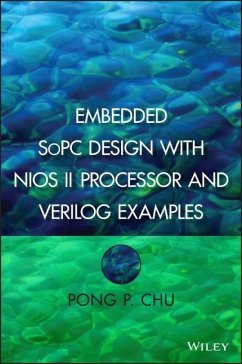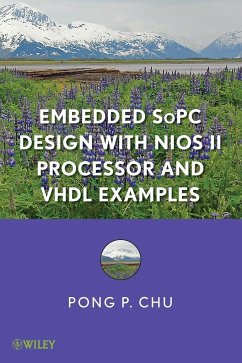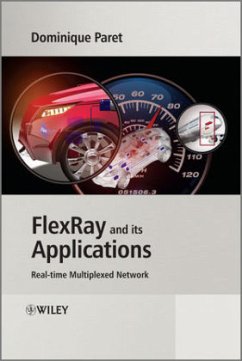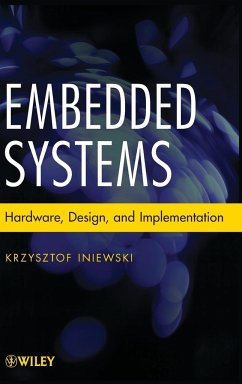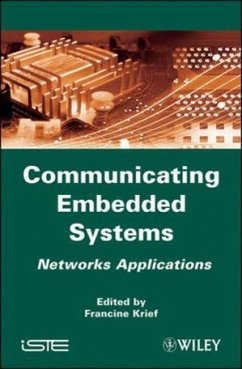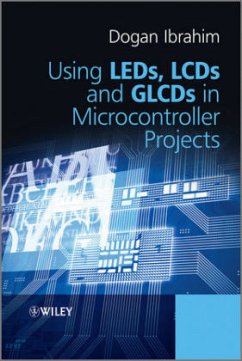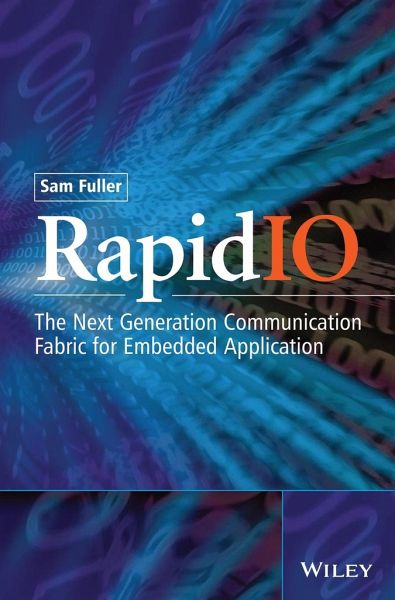
Rapidio
The Embedded System Interconnect

PAYBACK Punkte
69 °P sammeln!
RapidIO The Embedded System Interconnect brings together one essential volume on RapidIO interconnect technology, providing a major reference work for the evaluation and understanding of RapidIO. Covering essential aspects of the specification, it also answers most usage questions from both hardware and software engineers. It will also serve as a companion text to the specifications when developing or working with the RapidIO interconnect technology. Including the history of RapidIO and case of studies of RapidIO deployment, this really is the definitive reference guide for this new area of te...
RapidIO The Embedded System Interconnect brings together one essential volume on RapidIO interconnect technology, providing a major reference work for the evaluation and understanding of RapidIO. Covering essential aspects of the specification, it also answers most usage questions from both hardware and software engineers. It will also serve as a companion text to the specifications when developing or working with the RapidIO interconnect technology. Including the history of RapidIO and case of studies of RapidIO deployment, this really is the definitive reference guide for this new area of technology.



